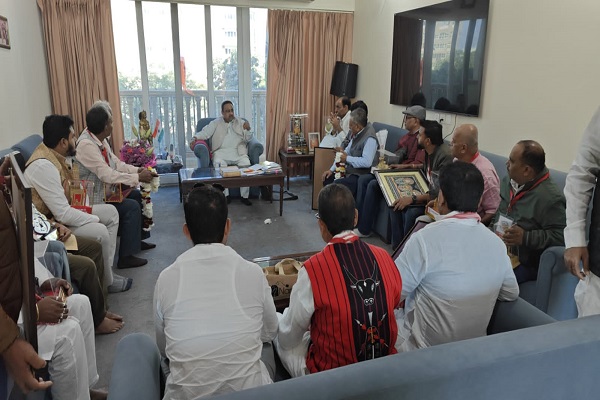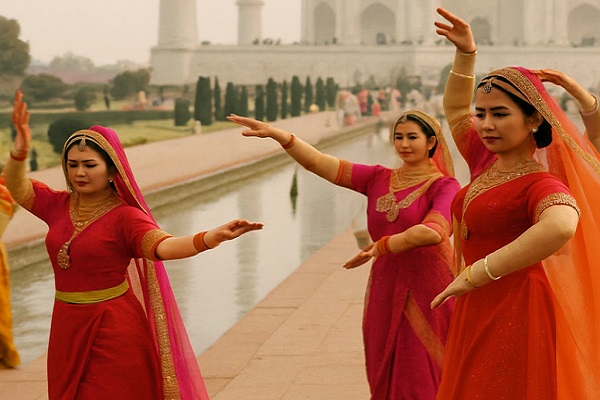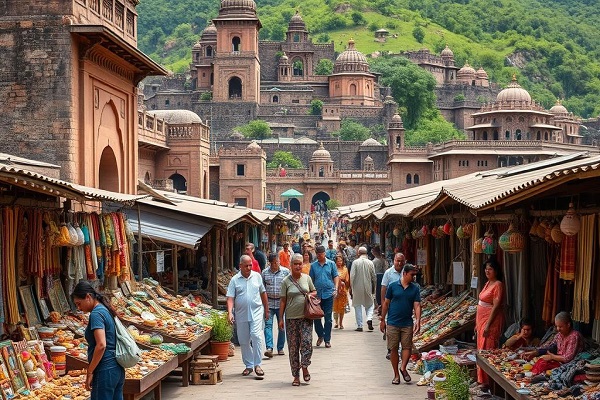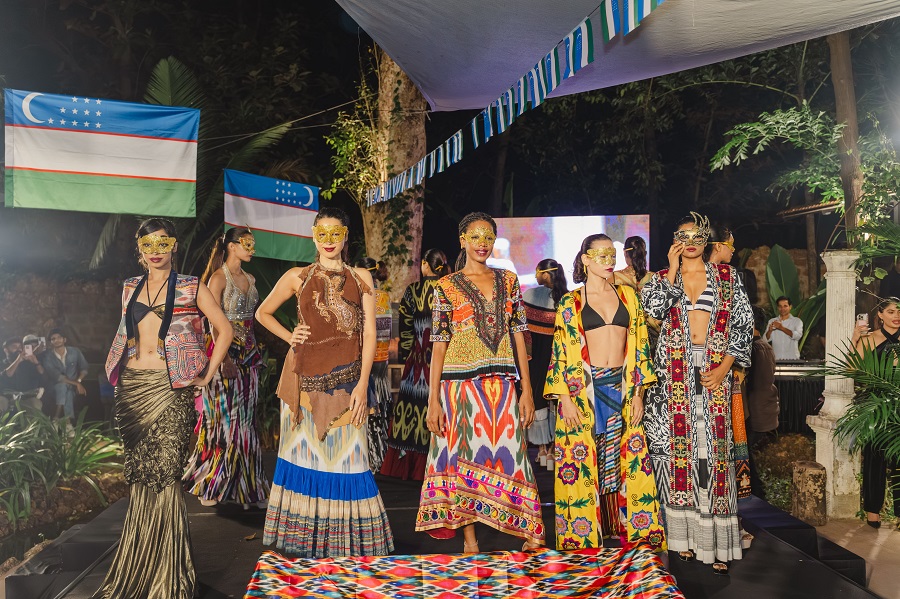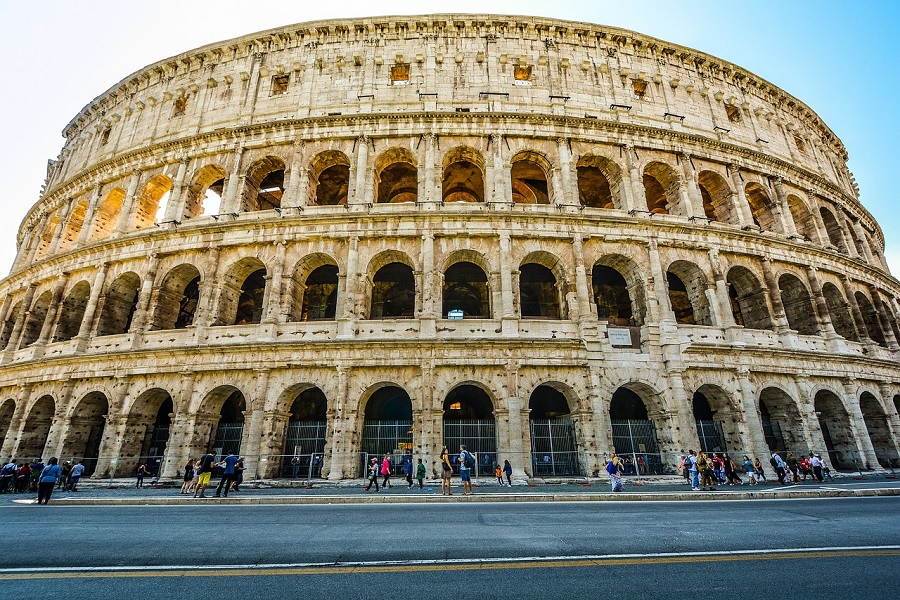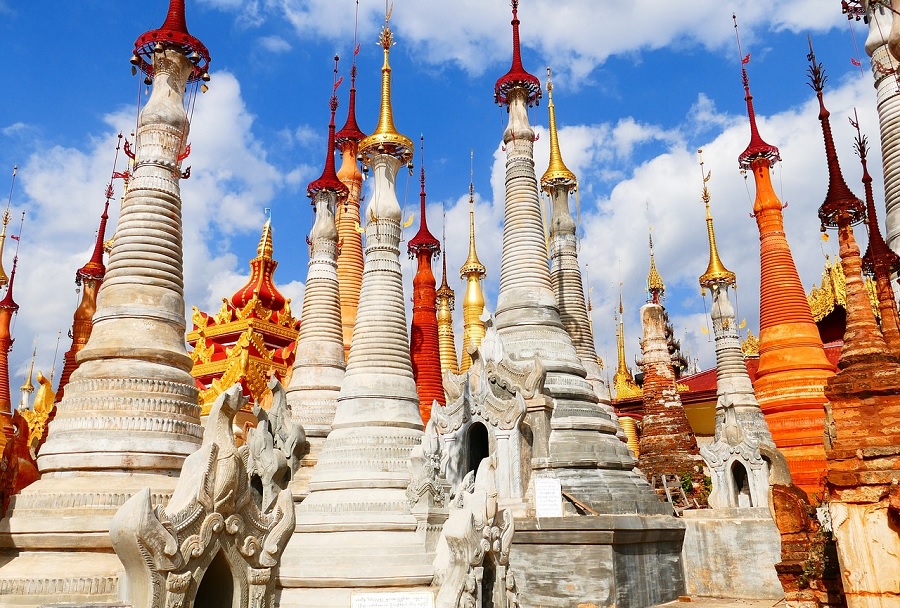Cultural Tourism: Journey into the Heart of Heritage
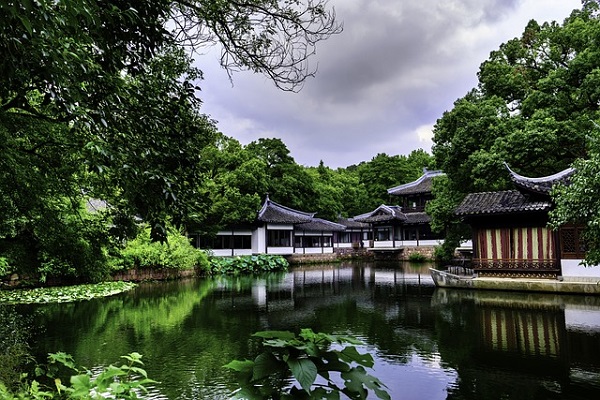
What is Cultural Tourism?
Cultural tourism involves visiting destinations to experience their cultural heritage and unique identity. This includes exploring historical landmarks, participating in local festivals, tasting traditional cuisine, witnessing indigenous art forms, and engaging with communities to understand their way of life.
Unlike conventional sightseeing, cultural tourism emphasizes immersive experiences that foster respect and appreciation for diverse cultures.
Why is Cultural Tourism Important?
Preserving Heritage: By attracting visitors to cultural sites and events, tourism can generate funds and awareness essential for preserving historical monuments, traditional crafts, and indigenous customs.
Promoting Cross-Cultural Understanding: Interacting with local cultures helps travelers broaden their perspectives, reduce prejudices, and build global empathy.
Supporting Local Economies: Cultural tourism creates income opportunities for artisans, performers, guides, and small businesses, promoting sustainable livelihoods.
Enriching Travel Experience: It adds depth and meaning to travel beyond just sightseeing, making trips memorable and transformative.
Popular Forms of Cultural Tourism
Heritage Tourism: Visiting UNESCO World Heritage Sites, ancient ruins, castles, temples, and museums to learn about history and architecture.
Festivals and Events: Experiencing local celebrations, music and dance festivals, religious ceremonies, and traditional rituals.
Culinary Tourism: Sampling regional foods and drinks, participating in cooking classes, and visiting markets.
Art and Craft Tourism: Observing or taking part in traditional crafts like pottery, weaving, painting, or indigenous artwork.
Community-Based Tourism: Staying in villages or with local families to gain authentic insights into daily life and customs.
Top Destinations for Cultural Tourism
India: Known for its diverse culture, ancient temples, vibrant festivals like Diwali and Holi, and rich history.
Italy: Famous for Renaissance art, historic cities like Rome and Florence, and culinary traditions.
Japan: Offers a blend of ancient traditions, tea ceremonies, and modern culture.
Morocco: Known for its bustling souks, distinctive architecture, and Berber culture.
Mexico: Celebrated for its colorful festivals, Mayan and Aztec ruins, and folk art.
How to Make the Most of Cultural Tourism
Research Before You Go: Learn about the customs, language basics, and etiquette to show respect.
Engage with Locals: Attend workshops, ask questions, and participate in cultural activities.
Support Local Artisans: Buy authentic handicrafts directly from creators rather than mass-produced souvenirs.
Be Open-Minded: Embrace differences and remain sensitive to cultural norms.
Travel Responsibly: Avoid damaging heritage sites and be mindful of your environmental impact.
The Future of Cultural Tourism
As travelers seek deeper connections, cultural tourism is embracing digital tools like virtual reality tours and interactive apps to enhance experiences. Sustainable tourism practices are becoming a priority to protect fragile cultural sites and empower communities.



